What makes people read content online?
If you want to drive sustainable traffic to your blog site and increase your audience, then you need to get people interested in your content. Because, sadly, a great blog post that no one reads sends a negative signal to both search engines and to people.
In a recent e-reading survey, 15% of respondents cited the pleasures of escaping reality and the enjoyment they got as major reasons why they read digital content. Over 20% cited their love of learning new information.
No one seriously argues with the idea that reading is important. For one thing, recent studies have shown that reading stimulates the brain, slowing the progress of (or possibly even preventing) Alzheimer’s and dementia.
On average, readers enjoy better physical health, empathy and mental health.
Creating content is actually the easy part. Getting people to read and share it on social media sites is another thing entirely.
Your goal as a blogger is to get your posts read – not to solve a problem. That’s just the benefit that people derive from reading your blog articles.
In What Reading Does for the Mind, authors Anne E. Cunningham and Keith E. Stanovich noted that heavy readers tend to display greater knowledge of how things work and who people are. Consistent reading leads to intellectual and academic achievement.
Lets first go over the benefits of reading (backed up by research)…
1. Scientific proof that reading improves memory
Science proves that reading can help save your memory. According to researchers behind one study, “brain power decline is cut by 32% with frequent mental activity in later life.”
What motivates people to continue to learn new ways of doing things, long after formal education is completed?
Human nature is wired to seek continual improvement in all aspects. People read books and other content because they want to improve their memory and become more knowledgeable.
It’s not just nonfiction that benefits readers, either. According to Psychology Today, reading fiction can reshape your brain and improve its function.
And, another study by Emory University, titled “Short-and-Long-Term Effects of a Novel on Connectivity in the Brain,” shows how reading improves empathy and visualization.
Reading content online is one of the ways to activate those parts of the brain responsible for visuals and sound.
When a person is reading content online, “parts of the brain that have evolved for other functions—such as vision, language and associative learning—connect in a specific neural circuit for reading, which is very challenging,” says Ken Pugh, PhD, president and director of research of Haskins Laboratories.
Even though visual media has provided another avenue for learning something, especially online, reading is still a critical skill, because it improves concentration and relieves stress. And, reading books can also open your mind.
2. Reading makes you a better writer [data-driven proof]
Can I be blunt on this subject? If you don’t have time to read, you don’t have the time (or the tools) to write. Simple as that. – Stephen King
Want to be a better writer? Then, read more. Period.
It’s a very simple formula, but it works.
In her last letter to her daughter from prison, before she was executed by the Communist regime, Milada Horáková urged her to read “everything valuable”:
There was a time in my life when I read voraciously, and then again times when work did not permit me to take a single book in my hand, apart from professional literature. That was a shame. Here in recent months I have been reading a lot, even books which probably would not interest me outside, but it is a big and important task to read everything valuable, or at least much that is.
And as Paul Graham correctly stated:
Writing doesn’t just communicate ideas; it creates them.
So, get engrossed by books, read and write as much as you can and watch the ideas start flowing!
Richard Brandson and Stephen King are just two successful authors out of many with over-stuffed bookshelves. They know that not reading is tantamount to failure, so they read all the time.
Reading differentiates prolific writers from the struggling ones. No matter how much expertise you’ve gained in your field, if you’re not an ardent reader you’ll always run into writer’s block – a phenomenon that keeps you stuck, searching and probably struggling for the right way to convey your message.
Reading helps you appreciate the finer points of words. When you read, jot down ideas for potential new posts and capture thoughts as they occur to you. You’ll find these notes helpful later on, when you begin to write.
Is it necessary to always finish what you begin reading? I don’t think so. Here are three thoughts from Jeff Goins:
Read everything, whether it’s directly relevant to your business or not, online content, blog articles or print. Read widely.
3. Reading reduces stress
Lots of daily activities cause us unnecessary and potentially harmful stress. Reading isn’t one of them!
In fact, quite the opposite is true. So, how exactly does reading help to relieve stress?
Psychologists believe that when the human mind is fully focused on reading, the body responds by deeply relaxing the tension we often hold in our muscles.
That’s remarkable!
Here’s some proof that reading is a powerful stress killer: Mindlab International conducted a research study on a group of volunteers at the University of Sussex.
The volunteers’ stress levels and heart rates were increased with a range of exercises and tests, then they were subjected to a variety of traditional relaxation methods to determine which method produces the best results.
One of the methods was reading. Volunteers read a book or other content silently for six minutes to slow down the heart rate and ease tension in the muscles.
And, the researchers found that stress levels reduced dramatically during these short reading exercises. In fact, reading worked the best out of all of the methods tried, lowering stress levels by 68%, according to cognitive neuropsychologist Dr. David Lewis.
Now we know why people read blog posts and other content online, let’s look at how you can use this knowledge to increase your blog site readership and deliver to your target market.
How to Increase Blog Readership
If you’ve read to this point, then you already know the researched-based reasons why people read content online. However, nothing will change for your blog site until you learn how to implement the tips into your own blog posts.
You don’t want to produce content that no one reads. That’s why it’s important to understand why people read in the first place.
Fortunately, you can increase the target market of your blog site readership with just a few simple techniques and tweaks. You’re already familiar with some of these, I’m sure, but how consistent are you?
1. Craft catchy and benefit-driven titles
Whether you call them titles or headlines, we’re referring to the same thing, as far as content is concerned.
And, it’s no longer news that the title is what attracts people to your content. In fact, before you read a newspaper or magazine, you first glance at the cover (or front page) and headlines.
According to Brian Clark,
8 out of 10 people read the title before deciding whether or not the content is worth their time.
If this is true, it then means that you should pay a LOT of attention to your blog article titles.
It doesn’t matter how powerful or valuable your idea is. If you’re not able to communicate that value, starting with the title, you’re coasting towards failure.
A poor headline will render your article invisible, says Brian.
Headlines or titles are the first and most powerful element in your content page. Don’t take them lightly or assume that no one cares.
Try an experiment. The next time you read a blog post, ask yourself this question: “what about the title or headline attracted me in the first place?”
The more specifically you can answer this question, the better your next title will be. It’ll afford you the opportunity to craft a more powerful title that will get people reading your blog article.
There are lots of headline formulas you can use. However, don’t deceive people into clicking a headline when the content offers no real value.
Clickbait headlines may work, especially for sharing on social media sites, but your online reputation will be affected negatively. Avoid clickbait entirely.
Instead, offer tremendous value – not only in the title, but throughout the post, from the introduction all the way to the concluding paragraph.
Every word or phrase should count. After all, according to Ted Nicholas, the renowned direct response copywriter,
73% of buying decisions are made when ideal customer reads the title.
If you’re smart and creative, you can easily create jaw-dropping titles for your next content, simply by modeling popular magazines.
For example, O, the Oprah Magazine, is insanely popular. And, it’s a great place to get ideas for crafting your titles.
Let’s take a look at a recent issue’s cover:
What we’re going to do is model the titles on the cover to produce our own irresistible titles for a potential new post. Popular magazine copy is usually created by professional copywriters – people who are well versed in human behavior and persuasion.
You can see that one of the striking headlines above is “You Are Not Alone!”
Since thousands of people subscribe to this magazine and read it passionately, let’s create some blog article titles based on that phrase:
- You Are Not Alone: How to Finally Stop Struggling to Grow Your Email List
- You Are Not Alone: The 3-Step Plan to Improve Your Search Rankings
- You Are Not Alone: 74% of Content Marketers Struggled to Get Clients in 2015 [But Not Anymore]
How cool and clickable are these fresh titles?
Another underutilized strategy to generate title ideas is to look at content that went viral.
But, instead of looking at the entire web in your industry, narrow your focus to one or two media websites.
For example, you could use UpWorthy.com or Buzzfeed.com. Both sites publish content that generates more shares on social media sites than hundreds of sites combined.
Let’s look at content with the most shares on social media sites on Buzzfeed.com. Simply follow these steps:
i). First step: Go to Buzzsumo.com. On the homepage, input the site URL (i.e., Buzzfeed.com). Then click the “Go” button at right:
ii). Second step: Analyze the most shared titles on social media sites.
As you can see from the screenshot above, all of Buzzfeed’s most shared titles on social media sites include numbers. When you use numbers in your titles, it increases your the perceived value of your blog post and persuades people to read.
In the headline preferences chart below, Conductor found that titles with numbers are preferred 36% of the time by readers over “how to” headlines:
This is true in my experience. I use numbers in my headlines all of the time and the social media shares and engagement level these blog articles generate is usually higher and more consistent.
So, from the most shared headlines above, we can craft our own relevant headlines. Let’s assume that you’re a web traffic expert and create some headlines with numbers:
Old title:
26 Pictures That Will Make You Feel Better About the World
Fresh titles:
- 26 Blog Traffic Results That Will Make You Feel Better About Blogging
- 26 Pictures I Took While Speaking at a Conference That Will Inspire You
- 20 Hand-Sketched Pictures That Will Boost Your Blog Post’s Traffic
Note: When you’re modeling a number-based title, you don’t have to use the exact numbers (e.g., 26). Use whatever works best for you and the specific blog article you’re writing..
Benefit-driven and number-based titles are natural search-engine magnets. Users love to read, share and link to them. See how high they rank in Google’s organic results:
Take a look at the search results screenshot above. Did you notice that even though WordStream.com isn’t as trusted in the search engines as Entrepreneur.com and HubSpot, its content ranked number #1?
Yes, several factors contributed to that – such as the number of authoritative inbound links pointing to the page – but the headline played a vital role.
It attracts users and nudges them to click through and engage the blog article with shares on social media sites. That’s exactly what Google is after – human interaction.
That’s why there’s so much buzz about user behavior and its impact on SEO. Nothing influences search rankings more than user activity on the page (e.g., time on site, click-throughs, natural inbound links).
2. Use power words in your titles & subtitles
Words affect our mood and beliefs.
But, certain words tend to inspire people to take action more than others. Truly, words have power and you should use words to give life to each blog article and increase the target market of your readership.
I found UCL’s findings on how the brain processes words from intonation very interesting. According to this study, when we hear words, this is what happens inside the brain:
Words are then shunted over to the left temporal lobe [of our brain] for processing, while the melody is channeled to the right side of the brain, a region more stimulated by music.
Hmm. So, the human brain uses two different sections to first identify the mood and then figure out the actual meaning of the words?
This makes sense when you consider the fact that the brain can distinguish “language” distinctly from other sounds.
The brain can decipher a noise from music, for example. In a similar way, power words make a title sound meaningful and draw people into the content that follows.
Power words give life to language. English, Portuguese, Spanish, French – in all languages- exaggerations, proverbs, idiomatic expressions, and exclamations are all integral aspects of power words.
When it comes to copywriting, your main goal is to improve your persuasion skills so that your target market is more likely to take action after reading your copy.
You don’t have to be a professional copywriter to use power words effectively. It’s ideal to use power words in your title, but if the benefit will no longer be visible, then forget about click-bait and use power words in your subtitles.
Power words are exactly what they sound like. They’re words that inspire, prompt and drive the reader into action.
As an example, I recently used a power word – “scary” – in a QuickSprout blog post. The post quickly gained momentum (within 24 hours) and generated almost 1,000 shares on social media sites (and climbing).
There’s also another power word (“techniques”) in the title above, but the first power word is irresistible and “scary.”
Using power words to give blog articles a boost is critical to its success. Here’s a personal story: I was at lunch the other day talking with a friend about what drives content readership.
He told me how much time he puts into his blog posts, yet only a handful people actually notice it – even though his blog site generates over 20,000 visitors per month.
I was surprised, too. So, I visited his blog, read a few of his titles and quickly identified what the problem is. First, he wasn’t creating the types of content that drive readers.
Second, his titles are boring, unattractive and too long. I told him to tweak his titles and include power words. He did that.
Last night he called to tell me that his old blog articles are finally getting read. In fact, his recent blog post with a power word in the title just generated 1,000+ views in 24 hours.
Jon Morrow is the grand master of power words. He shared 317 power words that’ll make you a better writer. Some of these attention-grabbing words are:
If you want more people to read your content, you should include power words in your titles. But, remember that users don’t specifically search for power words. No user in their right mind goes to Google and inputs “terrific copywriting strategies.”
Instead, they’ll search for “copywriting strategies.”
That simply tells you that you should only use power words to attract users when they eventually visit your blog. Power words won’t help your rankings, because they’re neither keywords nor a Google ranking factor.
Let’s see some examples of blog post titles that include power words:
Here’s another title that contains a power word:
You can also use power words in subtitles. Jon Morrow does this for his blog posts. Take a look:
Gregory Ciotti, a prolific writer, also uses power words in his subtitles. His content always gains traction and increases conversions, too.
3. Appeal to the reader’s brain with visuals
Another way to increase the number of people who enjoy reading your blog site is to use visuals.
Visuals make reading more pleasurable. Data from Pew Research Center shows that 76% of readers between the ages of 16 – 29 enjoy reading for pleasure.
Luring people into your content is just the first step. The reader also has to enjoy every bit of it – from the title to the introduction and all the way down to the conclusion. After all, when you’re enjoying a piece of content online, you’ll likely keep reading until the end.
In a recent Whiteboard Friday, Rand Fishkin recommended that you experiment with self-created visuals, in addition to data and charts. He pointed out that self-created visuals (e.g., sketches, personal photographs) will differentiate your content from the rest – and increase the target market of your readership and shares on social media sites, too.
Reading should be fun and rewarding. That’s what visuals bring to the table. According to a study by Xerox, “colored visuals increase people’s willingness to read a piece of content by 80%.”
Visuals are great for telling your brand stories. According to CMO Council, 46% of marketers say photography is vital to their current marketing and storytelling strategies.
Visuals also increase social media platform engagement. Buffer’s study revealed that tweets with images received 18% more clicks, and 150% more retweets than those without any form of visuals.
Personally, I’ve found that when I add images to my blog articles, shares on social media sites go up.
4. Format content for online reading
Truly, appearance matters.
I’ve been through it all. From publishing content that only a handful of people read to content that gets thousands of views and hundreds of comments within 24 hours.
Let’s face it. Putting 4 – 8 hours into writing a post and then getting an average time on page of 10 seconds or less just sucks. You don’t want to continue experiencing that, do you?
The WordPress publishing platform makes it extremely easy to a create jaw-dropping and well-formatted new post suitable for online reading, but only if you use the editing and formatting tools the right way.
There’s a big difference between reading a blog article and reading a print book.
On the internet, people get distracted by the next shiny object. It’s your responsibility as the content creator to help them focus on your content.
If you check your Google Analytics, you’ll find that on a typical blog post, only about 2% of your users spend more than two minutes reading it. But, you don’t have to settle for typical.
If you want people to read your content word for word, these are the simple ways to format your content effectively:
a). Ditch blog width, focus on effectiveness: Popular site Slate found that for every 161 people who landed on their page, about 61 of them—approximately 38%—ditched the page soon thereafter.
Many visitors don’t scroll down the page to read the rest of the content. This can raise your bounce rate.

This is a histogram showing how far people scroll through Slate article pages. Each bar represents the share of people who stopped scrolling at a particular spot in the article. (An article is assumed to be around 2000 pixels long; if the top of your browser window gets to the 2000-pixel mark, you’re counted as scrolling 100 percent through the article. The X axis goes to 120 percent because on most pages, there’s usually stuff below the 2000-pixel mark, like the comments section.) This graph only includes people who spent any time engaging with the page at all–users who “bounced” from the page immediately after landing on it are not represented. The graph shows that many Slate readers do not scroll at all. That’s the spike at the 0 percent mark, representing about 5 percent of readers. Most visitors scroll about halfway through a typical Slate story. The spike near the end is an anomaly caused by pages containing photos and videos — on those pages, people scroll through the whole page.
Format your content the right way and you’ll engage more people, retain them and get the most out of your content.
Have you noticed that when you type in the Microsoft Word environment, the page doesn’t take up the whole width of your screen?
In the same vein, if your written content area is too wide, it’ll be difficult for readers to follow.
When formatting your blog post, there are two elements of user response to keep in mind:
- Reading speed
- Comprehension
One study of reader comprehension found that:
- When someone is reading slowly, lines of about 55 characters per line are best.
- When someone is reading quickly, lines of about 100 characters per line are best.
When it comes to formatting your blog content in order to increase the target market of your blog site readership, several factors apart from blog width matter. Font size and font typeface are also important.
So what’s the ideal blog width and how many characters per line is best? Well, most people claim that around 66 characters per line is better, but I’ve found that anywhere from 55 to 100 characters can work best for most popular and industry blog sites.
Remember that each individual punctuation mark, letter and space count as a single character.
b). Highlight key points in your page: Most internet readers are skimmers. No matter how interesting your content is, most people would rather scan quickly for the key points.
Since that’s the case, you’ve got to make it easy for them.
The rate at which content is being published is amazing. Over 2 million blog posts are published every day – enough to fill TIME Magazine for 770 years.
Consequently, you can’t expect readers to spend all of their precious time reading your content word for word. It could happen, but don’t rely on it.
There is room for skimming.
Skimmers are often the best readers. Here’s why: When they skim the key points in your content and become convinced, they’ll go back and read more slowly. After that, most of them will eventually subscribe to your email list or buy your product.
To help skimmers, bold your subheadings, as well as the most important words and sentences. And, make sure that you use images to break up large chunks of text.
That’s even more important now that long-form content has become the focus for users and search engines.
I love the way Darren Rowse, founder of Problogger.net, formats blog posts. They’re fun to read. Take a look at the subheading, the font properties (typeface, size, blog width, etc.), and blockquote formatting:
Formatting your blog posts properly isn’t optional. It’s a necessity. Adam Thompson points out that
If [your blog] doesn’t look inviting, attractive, and easy-to-read, you’re less likely to earn shares on social media sites or natural backlinks.
To learn more about formatting your content, see the guides below:
- A Comprehensive Guide to Formatting Your WordPress Posts and Pages
- How to Keep Your Readers on Your Blog Longer
5. Ask open-ended questions in your introductions
The right questions will always generate better answers.
Since 36% of content marketers struggle with creating engaging content worthy of shares on social media sites, you can stand out, be at the top of your game and write content that sticks, just by asking better questions.
Open-ended questions give the reader the opportunity to rack their brain before giving an answer. There is no definite answer to an open-ended question, unlike a close-ended question.
First, here are close-ended questions and their direct answers:
- Question: Is pink your favorite color?
- Answer: Yes.
- Question: Are you married?
- Answer: No.
Here are examples of open-ended questions:
- What determines the color you use when redesigning your blog site?
- How do you plan to drive traffic to your new blog?
In my latest post, I asked an open-ended question in the introduction. The question was rather confusing, until I clarified in the next line – which was the whole point.
This kind of question draws readers in. Instead of wracking their brains to answer the question, they’d rather read more to get the answer.
Asking the right questions in your introductions will help you connect with users at a deeper and more personal level. It gives people the impression that you truly understand what they’re going through and care about their experiences.
Listening attentively to your target market is important, because it helps you to pinpoint the obstacles they’re facing, the questions they have and the language they use when looking for solutions.
When you show your users you understand them at that level, you’ll make them happy and reap the rewards, because they’ll spend more time and money on a project they believe in.
To get more eyes on your online content, you also need to cross-promote your blog posts and leverage social media platform tools. No stone should be left unturned when growing your blog site audience to reach your target market.
Conclusion
You want to attract a loyal audience to your blog and motivate each member of that target market to read your content, word for word.
But, you can’t easily achieve this goal by following the same patterns that have brought you this far. You may want to adjust your tactics or learn a new skill.
However, if you focus on creating in-depth, useful and interesting blog posts that provides a richer experience for the user and promote that content effectively, you’ll never again struggle to increase your blog readership.
You can learn from successful bloggers. Don’t just listen to them or buy their products, though. Instead, follow them and observe how they create content that converts your target market into customers.
As usual, I’d love to hear from you. What challenges are you facing in attracting the right audience and readers to your blog site?





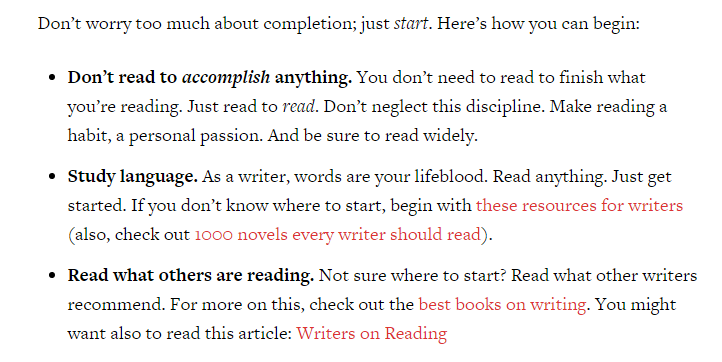
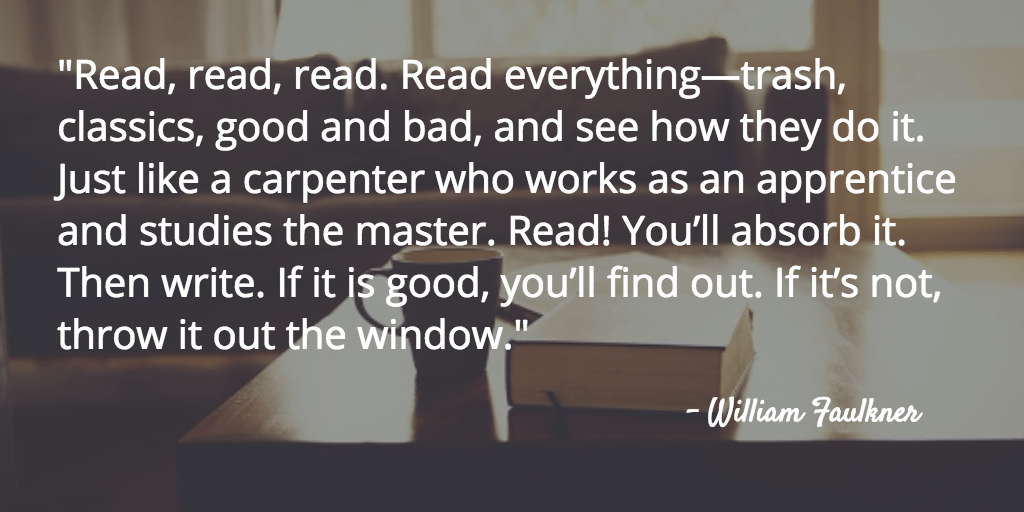



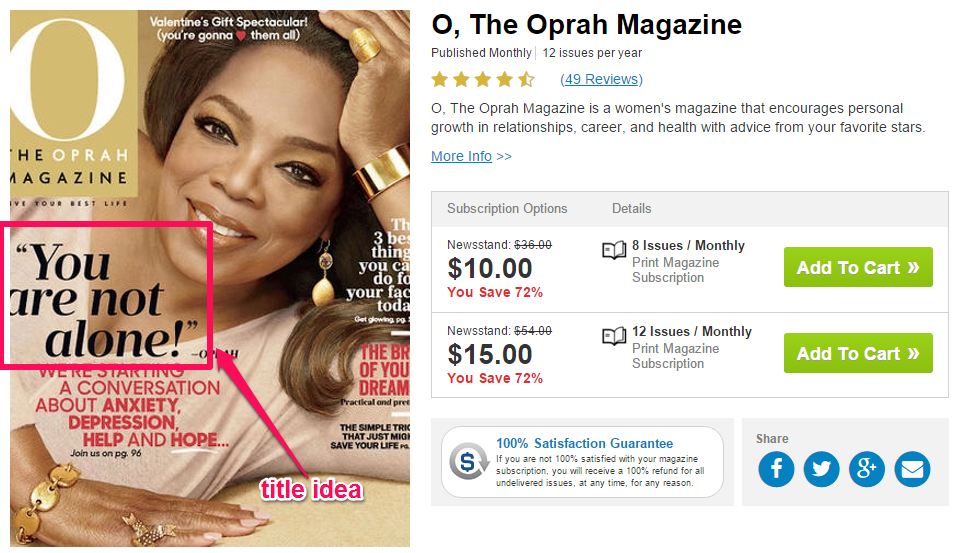
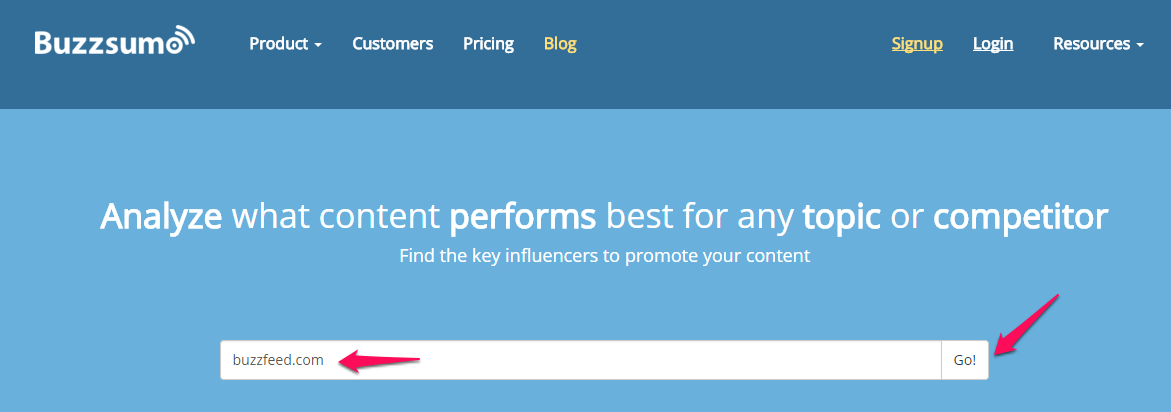

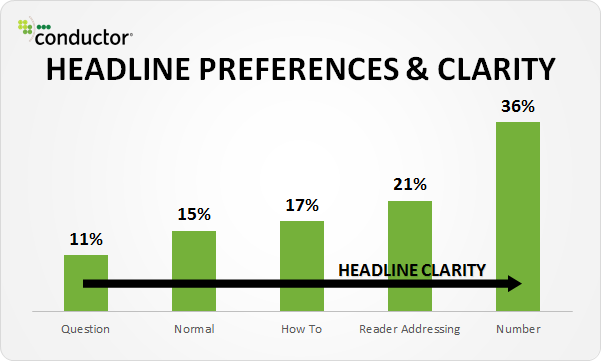



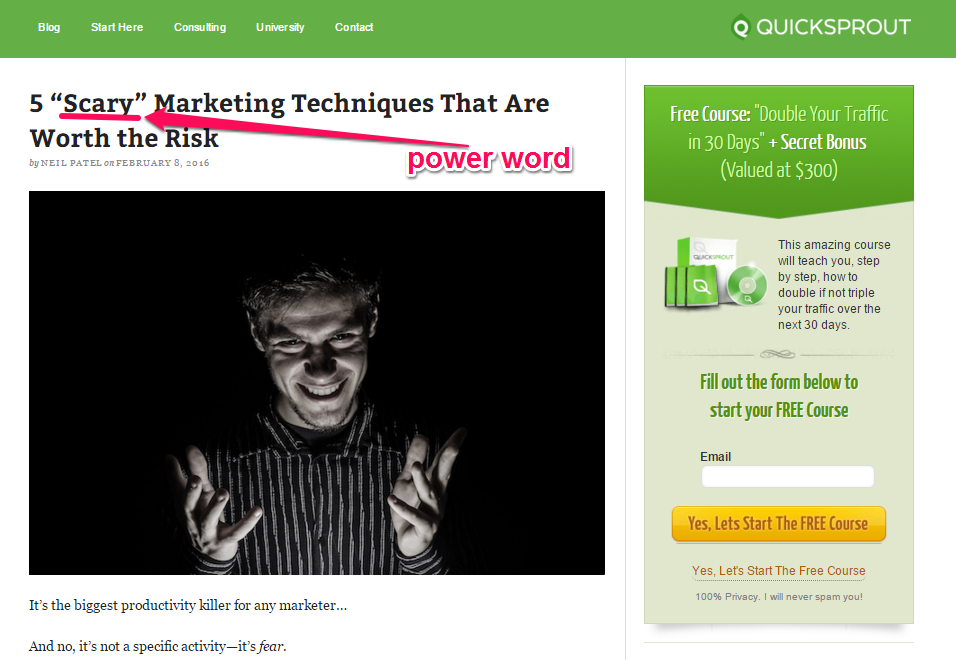





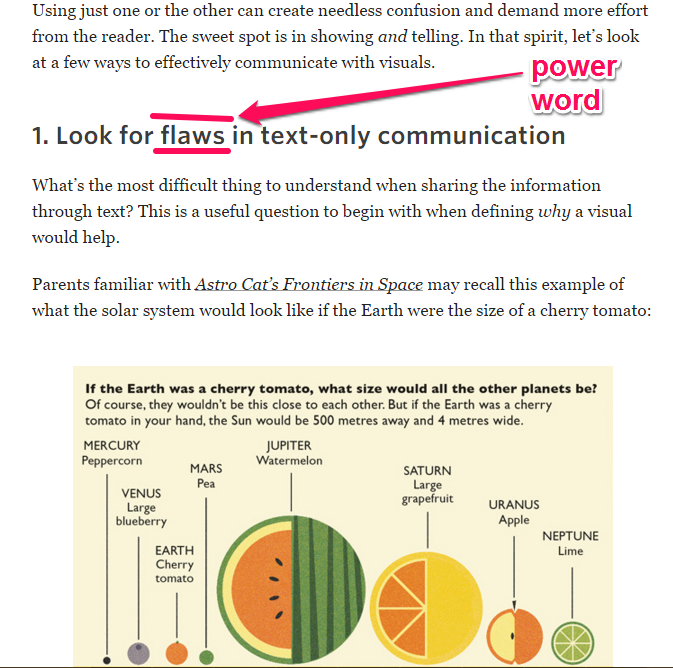
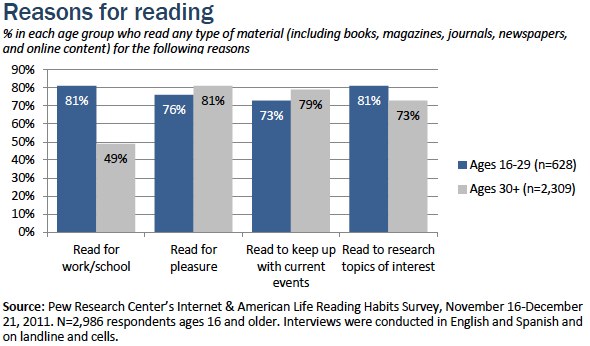
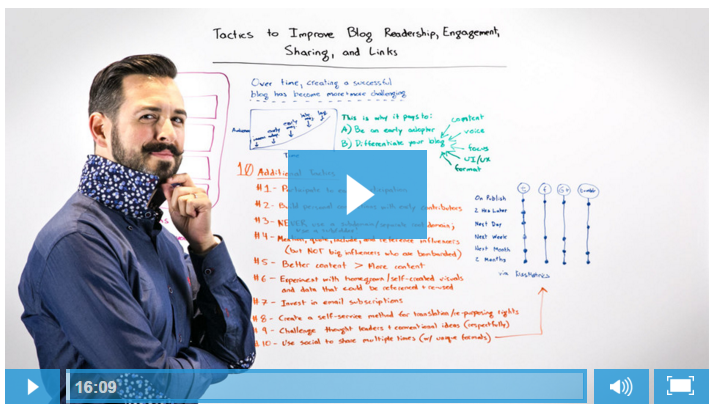
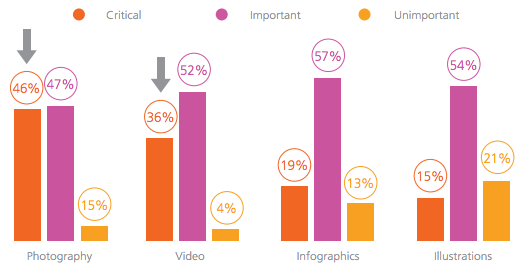
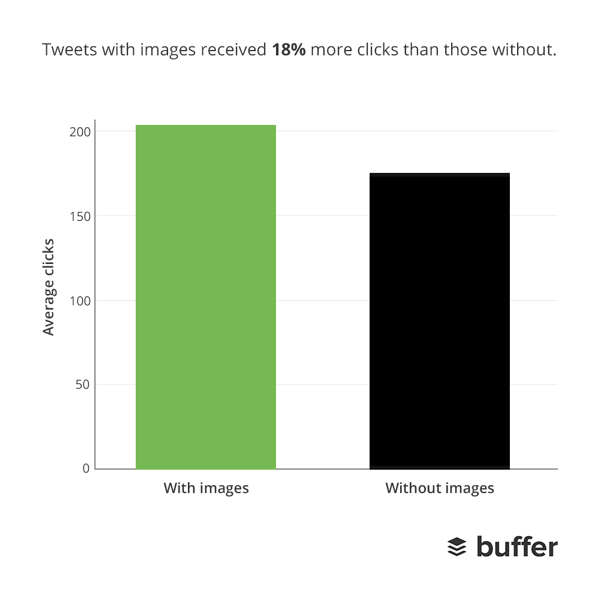





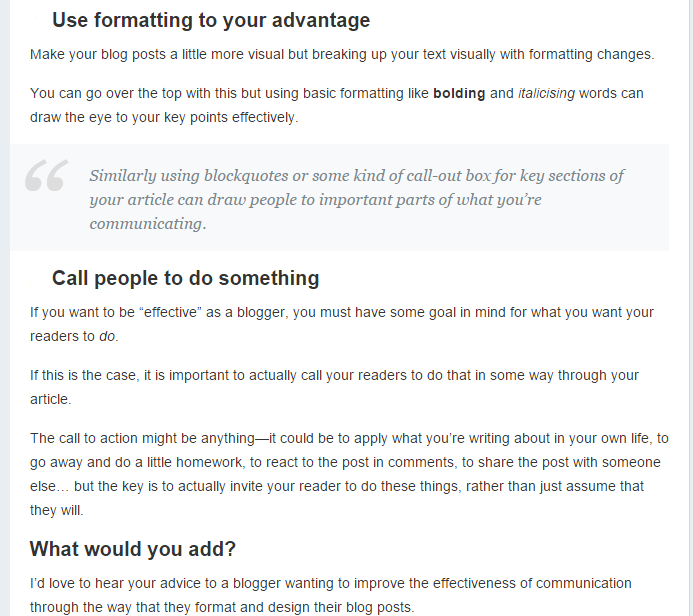
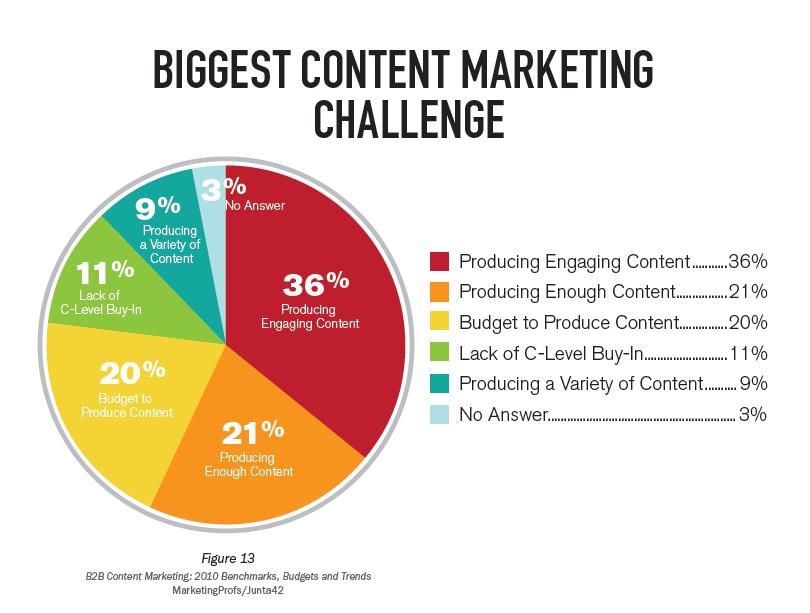

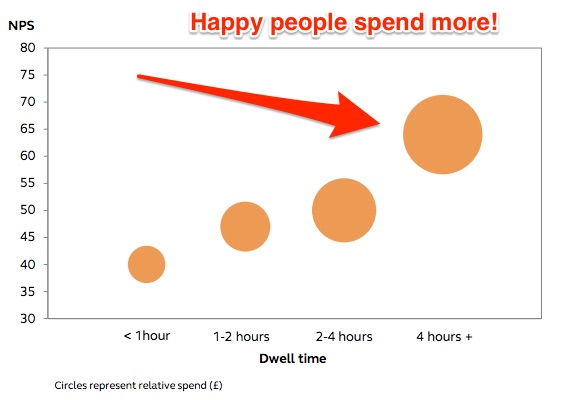
Comments (43)